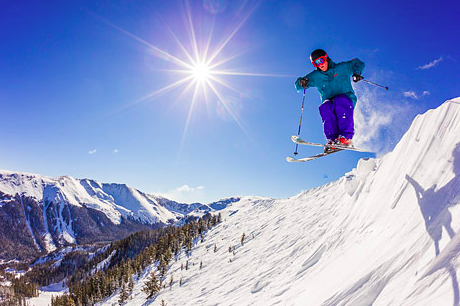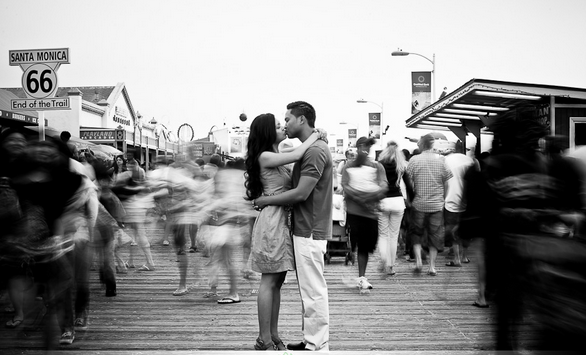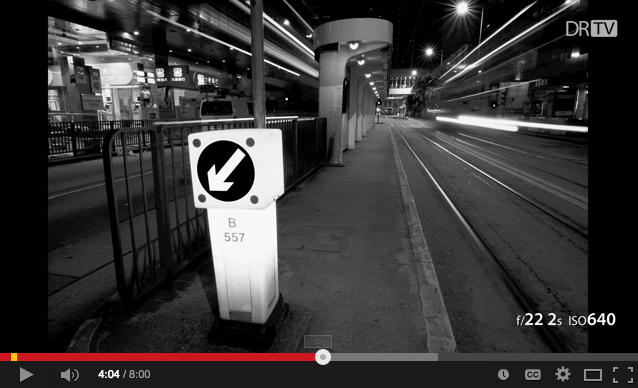Grade 9 Photo Majors.......
Your "rough draft" is due Thursday, February 19th
The "good copies" are due Friday, February 27th
- 3 outstanding, edited, photos that showcase FAST shutter speed (frozen action) shot in 3 different locations.
- 3 outstanding, edited photos that showcase SLOW shutter speed (motion blur) shot in 3 different locations.
~Your 6 images must be posted on the class blog~
I will be marking these 6 images on the following criterea:
Photographers, please note: Ms. Echols does not require contact sheets for this assignment. However, she is expecting you to experiment and take LOTS of photos. Indoors, outdoors, dusk, dawn.....so many options! You can expect to get one excellent shot (worthy of editing) out of every 30. If this assignment asks for 6 final images, you should be shooting approximately 180 photos. (6 x 30 = 180)
I will be marking these 6 images on the following criterea:
- Image is in focus (even with motion blur, some aspect of the photo should still be in focus)
- Good composition (one of the 7 compositional devices must be present)
- Interesting subject matter
- 6 different locations
- Originality & creativity
- Correct exposure & contrast
- Straight horizon lines
Photographers, please note: Ms. Echols does not require contact sheets for this assignment. However, she is expecting you to experiment and take LOTS of photos. Indoors, outdoors, dusk, dawn.....so many options! You can expect to get one excellent shot (worthy of editing) out of every 30. If this assignment asks for 6 final images, you should be shooting approximately 180 photos. (6 x 30 = 180)




















